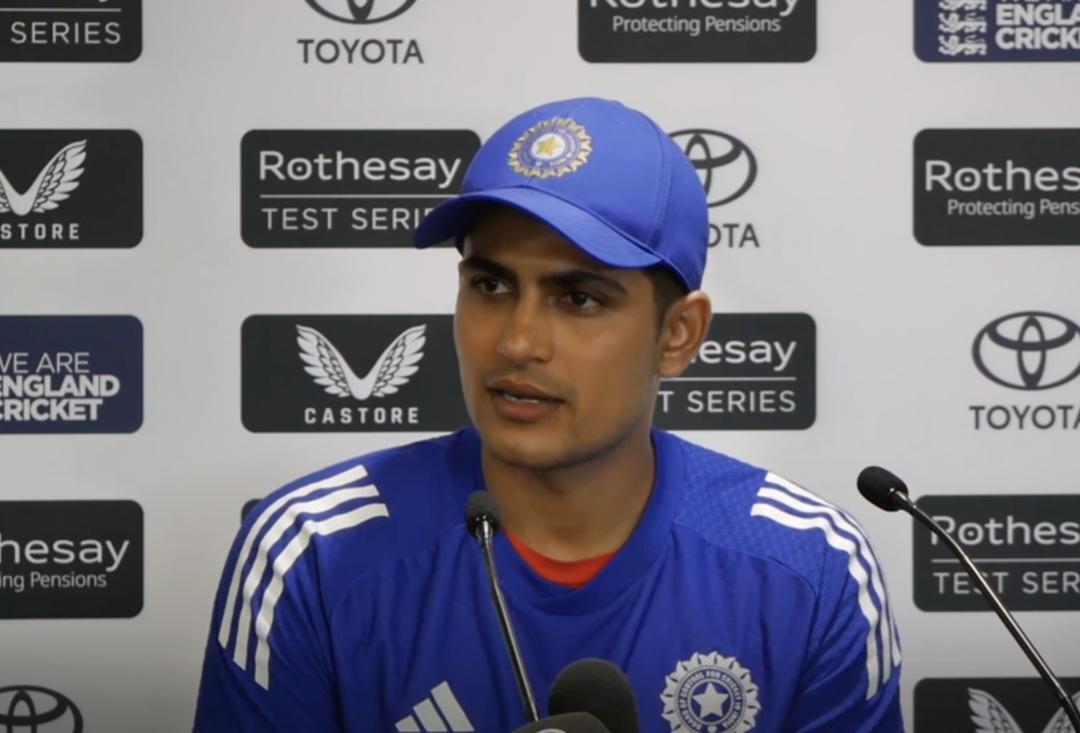
The Game Loses Its Essence: Gill on Flat Pitches & Dukes Ball
The ongoing Test series between England and India has been a subject of much debate and discussion among cricket enthusiasts. The Indian team, led by Shubman Gill, has been struggling to make an impact on the English pitches, which have been flat and offering little assistance to the bowlers. In a recent interview, Gill expressed his concerns about the state of the game, stating that the combination of flat pitches and the Dukes ball is making the game difficult for the bowlers.
Gill’s remarks have sparked a heated debate about the role of pitch preparation and the type of ball used in international cricket. The Indian captain’s comments have also raised questions about the nature of the game and whether it is still possible to produce exciting and competitive cricket with the current conditions.
The Dukes ball, designed and manufactured by English ball maker Duke, is known for its swing and seam movement. However, in recent years, the ball has become less penetrative, and the pitches have become flatter, making it challenging for bowlers to extract any significant help. The result is that the game has become more about batting and less about bowling, which is a far cry from the traditional Test match, where the bowlers played a crucial role.
Gill’s concerns are not unfounded. The current series between England and India has seen some dull and uneventful matches, with the batsmen dominating the proceedings. The flat pitches have made it difficult for the bowlers to take wickets, and the Dukes ball has become less effective in extracting swing and seam movement. The result is that the games have become more about defensive batting and less about attacking cricket.
The issue of pitch preparation is a complex one, and it is not easy to find a solution. The ICC has guidelines in place for pitch preparation, but these guidelines are not always followed. The Indian pitches, for example, are known for being more suited to spin bowling, while the English pitches are more suited to fast bowling. The result is that the teams need to adapt their strategies to suit the conditions, which can be challenging.
The Dukes ball is also a subject of controversy. Some bowlers have expressed their concerns about the ball’s lack of penetration, and the ICC has been called upon to review its design and testing procedures. The ball’s manufacturer, Duke, has also faced criticism for producing a ball that is not as effective as it once was.
Gill’s comments have sparked a debate about the future of Test cricket. Some experts have argued that the game is becoming too predictable and that the current conditions are making it difficult for bowlers to take wickets. Others have argued that the game is still competitive and that the batsmen are doing their job well.
In conclusion, Gill’s remarks about the game losing its essence are a reflection of the current state of Test cricket. The combination of flat pitches and the Dukes ball is making it challenging for bowlers to take wickets, and the game is becoming more about batting and less about bowling. While there is no easy solution to this problem, it is essential for the ICC and the teams to work together to find a solution that ensures the game remains competitive and exciting.






